Lesson 1: From conservation to creative platform
In Ho Chi Minh City, the most vibrant entertainment industry center in the country, this field is having clear movements, from flexible organizational models, innovative approaches to audiences, to combining technology and tourism, gradually forming a modern performance ecosystem and becoming a potential industry in the creative economy .
Performing Arts: Sources of Identity and Contemporary Heritage
Performing arts have long been the soul of culture, where national identity is distilled and sublimated. Not only is it a bridge between the past and the present, this field is becoming a strong economic driver, contributing to shaping the value chain of the cultural industry. In Vietnam, the transformation of performing arts not only preserves heritage but also opens up new creative horizons, bringing national quintessence closer to modern audiences.
.jpg)
Traditional musical instruments and cultural performances are brought to the big stages.
According to MSc. Nguyen Thi Quynh Nhu, Deputy Head of the Faculty of Cultural Management, Ho Chi Minh City University of Culture, performing arts increasingly affirms its core role in the value chain of the cultural industry. Not only stopping at preserving heritage, this field has become a living material, continuously recreated to produce entertainment products rich in cultural values, both creating economic momentum and spreading national identity widely in society.
In Ho Chi Minh City, the most dynamic urban center of the country, the transformation of performing arts is clearly demonstrated through the innovation at large stages and theaters such as the City Theater, Hoa Binh Theater, Tran Huu Trang Theater or Stage 5B. Units not only invest in upgrading techniques and fine arts to improve the quality of performances but also flexibly innovate organizational models, combining diverse art forms to meet the increasingly diverse tastes of modern audiences.
Notably, traditional art forms such as Cai Luong, Hat Boi, and puppetry are being revived with a creative spirit. Going beyond the goal of preservation, artists and performing units are striving to renew their approach, bringing traditional values into harmony with contemporary life. The combination of traditional musical instruments, modern stage techniques, and familiar content has created a new breeze, erasing the prejudice about the "outdatedness" of traditional art.
A strategic direction is to bring traditional arts into the school environment. According to Ms. Quynh Nhu, this is a way to “nurture identity from the root”, helping students understand, love and appreciate national culture. “When they love national art, they will become mature cultural audiences in the future”, Ms. Quynh Nhu emphasized.
This solution not only builds a sustainable audience but also forms a generation of the public that is able to receive and consume culture proactively and selectively. At the same time, it opens up career opportunities for artists, creates a foundation to nurture the next generation of passion and talent, and contributes to promoting the domestic market for the performing arts industry to develop more strongly.
Connecting creativity and markets
One of the prominent development directions today is to organize multi-genre art events that can reach the masses and create strong media effects. From outdoor stages on Nguyen Hue walking street, Nguyen Van Binh book street, to new performance spaces in shopping malls and small theaters, flexible and accessible performance models are creating new vitality for the art life of Ho Chi Minh City.
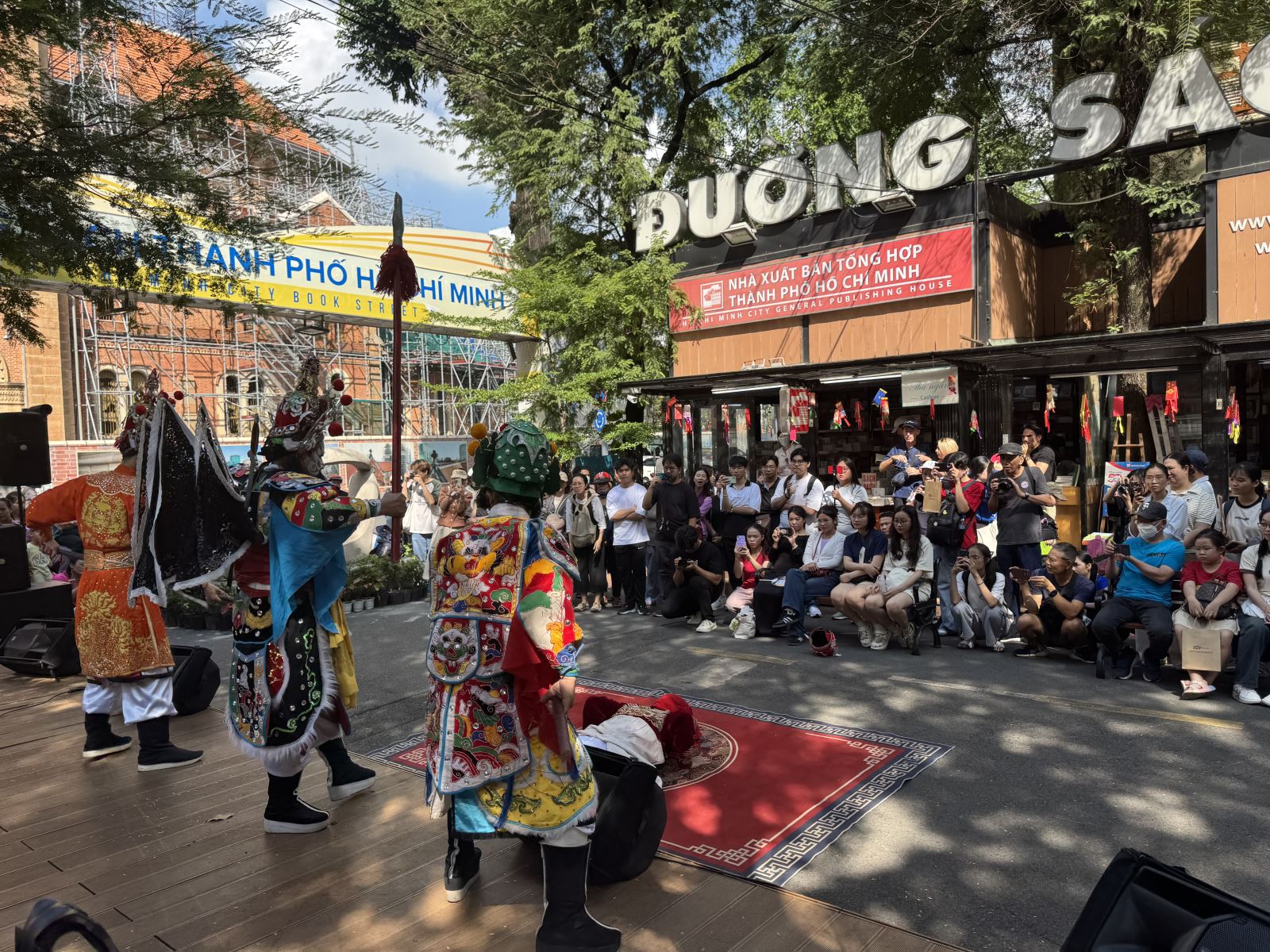
The art of hát bội is closer to the public.
The Ho Do International Music Festival, organized by the Department of Culture and Sports of Ho Chi Minh City, is a clear example. Over four seasons, Ho Do not only brings world music to domestic audiences but also serves as a bridge for Vietnamese artists to shine on the international stage. According to Ms. Nguyen Thi Thanh Thuy, Deputy Director of the Department, this event is a model, combining performing arts with tourism, trade and international cultural exchange, creating a strong ripple effect.
A new direction is to build tours of traditional art performances for tourists. Cai luong, puppetry, and hat boi programs with bilingual commentary, combined with culinary, costume, and historical experiences not only enrich cultural values but also significantly enhance the economic potential of the industry.
However, creative human resources are still the core problem. Director and actress Kathy Uyen emphasized that Ho Chi Minh City needs a long-term strategy to train artists, choreographers, directors, along with technical and media teams. “We do not lack talent, but we need an ecosystem for talent to develop in the right direction. In addition, inspiring young people to confidently enter the profession and nurture their passion is a key factor,” she shared.
Mr. Ha Quoc Cuong, Director of the Ho Chi Minh City Drama Theater, commented that the performance market is entering a clear phase of professionalization, with the contribution of young creative teams and a methodical communication strategy. Journalist To Dinh Tuan, Editor-in-Chief of the Lao Dong Newspaper, also said that it is time to plan a strategy to promote the soft power of national culture, turning the cultural industry into a pillar of the creative economy and a driving force for sustainable development.
Mr. Le Minh Tuan, Deputy Director of the Copyright Office, emphasized: “Developing high-quality human resources is the foundation for all industries, especially the cultural industry. This needs to start with the young generation, who will form the next production force.”
Furthermore, education also plays an important role in cultivating cultural identity. Specifically, it is possible to incorporate cultural industries into extracurricular activities, organize in-depth discussions and create vivid experiences to help students love and appreciate national heritage. With systematic investment in identity education, empowering the younger generation and developing professional performance spaces, this industry is the driving force for this industry to affirm its position as a pillar in the cultural industry.
Final Lesson: Building a Modern Performance Ecosystem
Article and photos: Huong Tran/Tin Tuc and Dan Toc Newspaper
Source: https://baotintuc.vn/doi-song-van-hoa/khi-nghe-thuat-bieu-dien-thanh-nganh-cong-nghiep-bai-1-tu-bao-ton-den-nen-tang-sang-tao-20250613193013223.htm


![[Photo] Discover unique experiences at the first World Cultural Festival](https://vphoto.vietnam.vn/thumb/1200x675/vietnam/resource/IMAGE/2025/10/11/1760198064937_le-hoi-van-hoa-4199-3623-jpg.webp)

![[Photo] Opening of the World Cultural Festival in Hanoi](https://vphoto.vietnam.vn/thumb/1200x675/vietnam/resource/IMAGE/2025/10/10/1760113426728_ndo_br_lehoi-khaimac-jpg.webp)


![[Photo] General Secretary attends the parade to celebrate the 80th anniversary of the founding of the Korean Workers' Party](https://vphoto.vietnam.vn/thumb/1200x675/vietnam/resource/IMAGE/2025/10/11/1760150039564_vna-potal-tong-bi-thu-du-le-duyet-binh-ky-niem-80-nam-thanh-lap-dang-lao-dong-trieu-tien-8331994-jpg.webp)
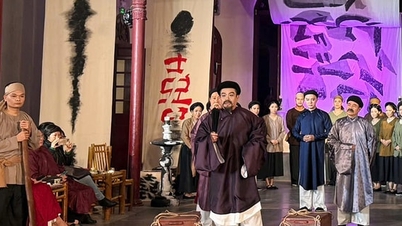

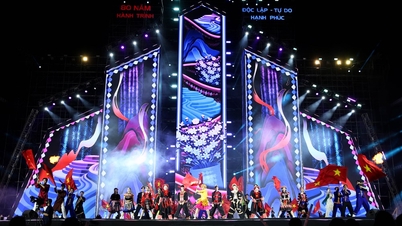

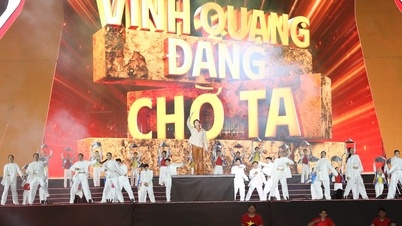
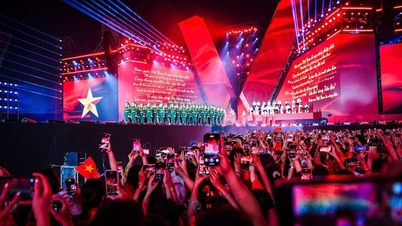
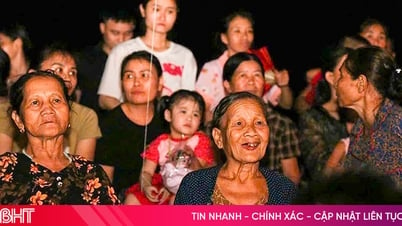



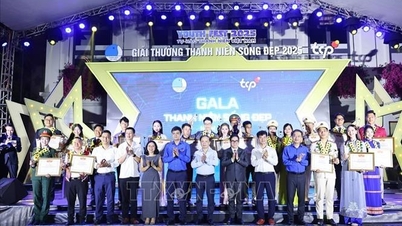
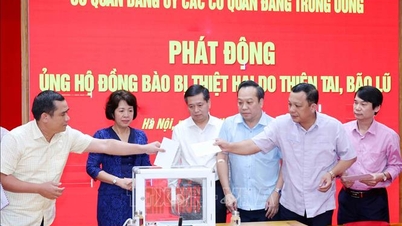







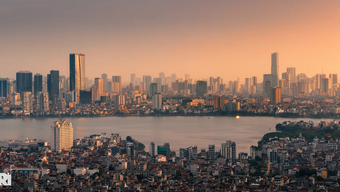

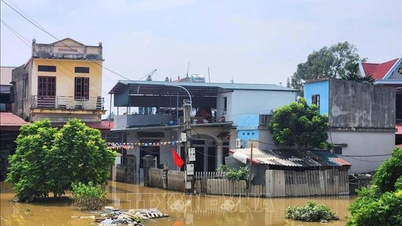

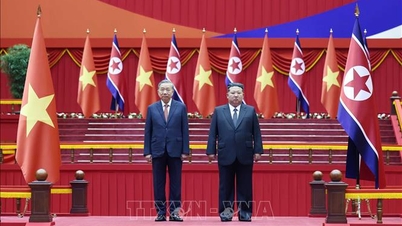
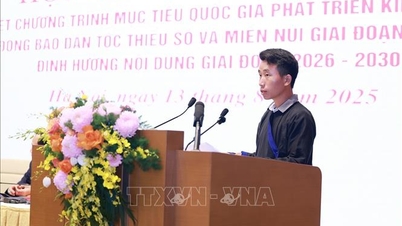
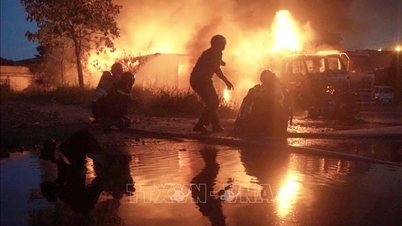
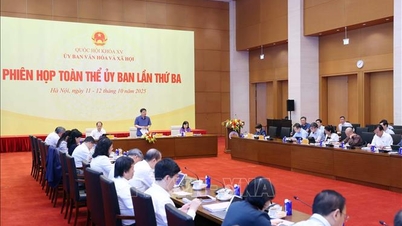
![[Photo] Ho Chi Minh City is brilliant with flags and flowers on the eve of the 1st Party Congress, term 2025-2030](https://vphoto.vietnam.vn/thumb/1200x675/vietnam/resource/IMAGE/2025/10/10/1760102923219_ndo_br_thiet-ke-chua-co-ten-43-png.webp)
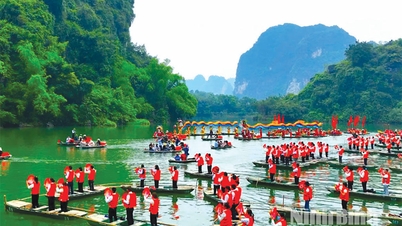



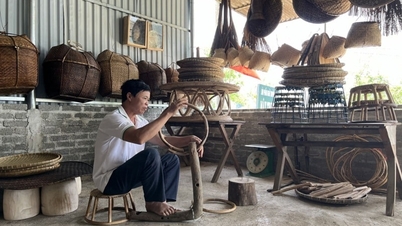













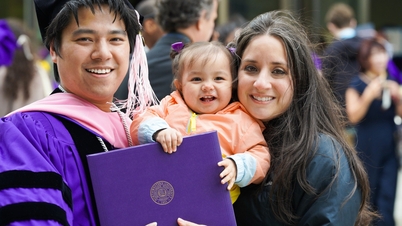



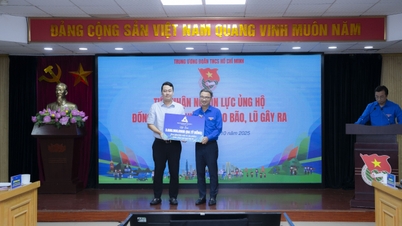



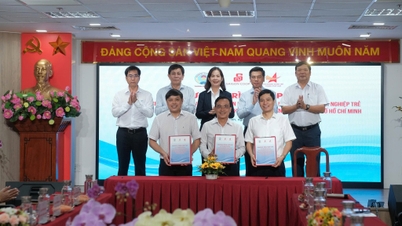



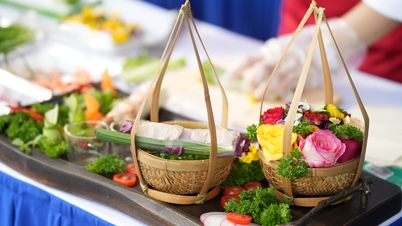




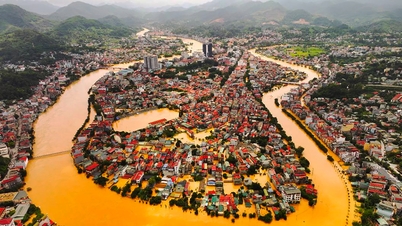

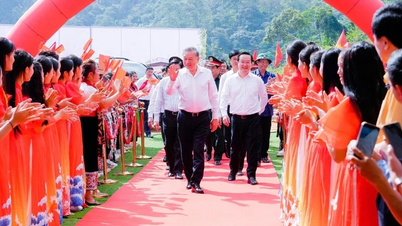





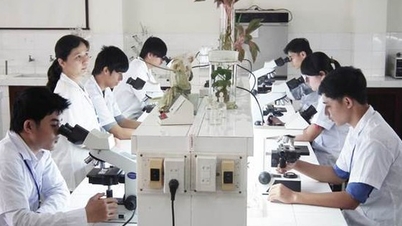
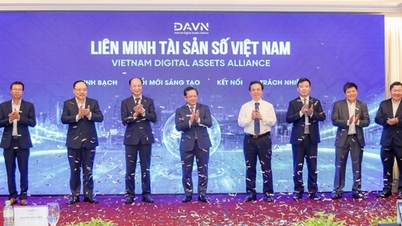
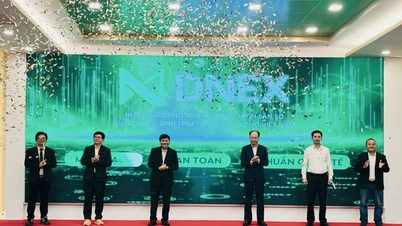
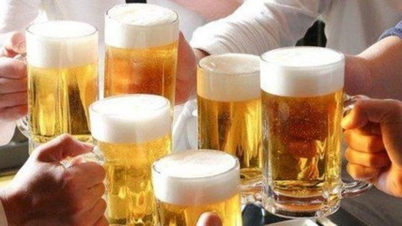

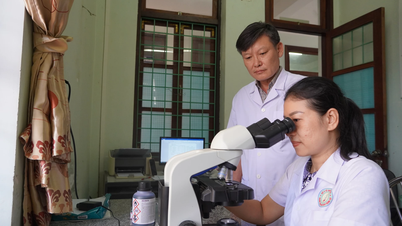

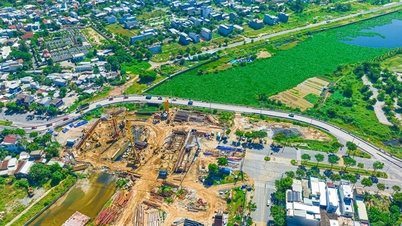

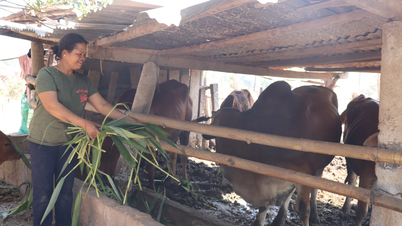
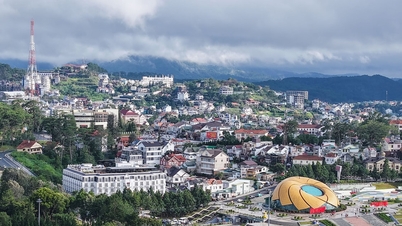

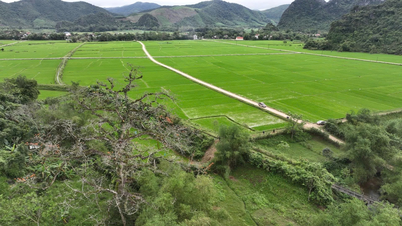














Comment (0)